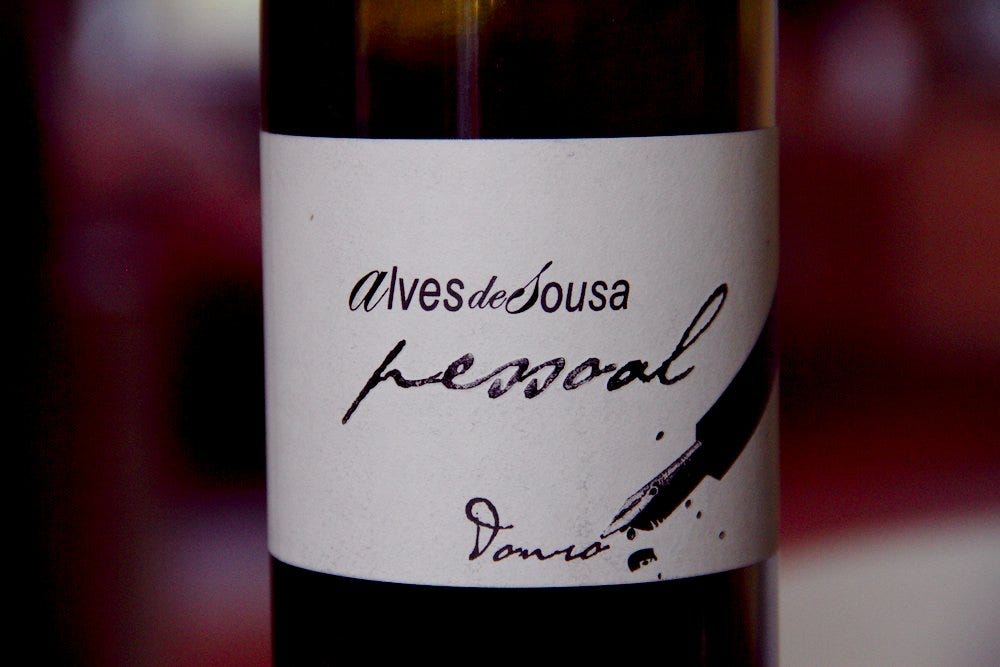Definitions are tricky things - often cumbersome, frequently inconvenient, sometimes merely hard to pin down. By way of example, I'm slowly refining my personal reference point for what constitutes orange wine and what doesn't - particularly fraught, as there's nothing in the way of a legal definition, and indeed the term was coined as recently as 2004,…
Keep reading with a 7-day free trial
Subscribe to The Morning Claret to keep reading this post and get 7 days of free access to the full post archives.




